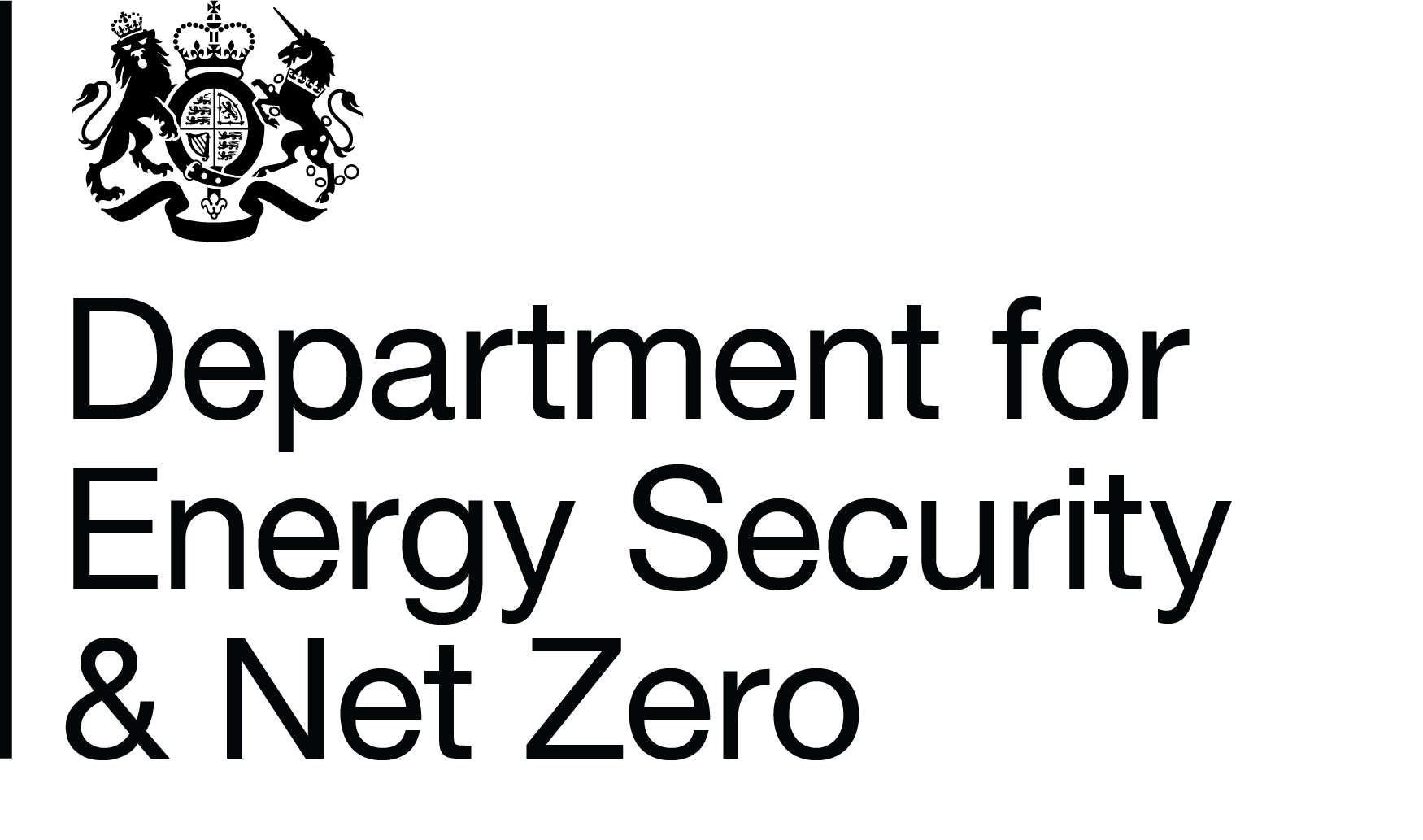Heat networks form an important part of the government’s plan to reduce carbon and cut heating bills for customers.
What are heat networks?
A heat network – sometimes called district heating – is a distribution system of insulated pipes that takes heat from a central source and delivers it to a number of domestic or non-domestic buildings. The heat source might be a facility that provides a dedicated supply to the heat network, such as a combined heat and power plant; or heat recovered from industry and urban infrastructure, canals and rivers, or energy from waste plants.
Find out more: What is a heat network?
Heat networks form an important part of our plan to reduce carbon and cut heating bills for customers (domestic and commercial). They are one of the most cost-effective ways of reducing carbon emissions from heating, and their efficiency and carbon-saving potential increases as they grow and connect to each other. They provide a unique opportunity to exploit larger scale – and often lower cost – renewable and recovered heat sources that otherwise cannot be used. It is estimated by the CCC that around 18% of UK heat will need to come from heat networks by 2050 if the UK is to meet its carbon targets cost effectively.
Available support
The Heat Networks Delivery Unit (HNDU)
The Heat Networks Delivery Unit was established in 2013 to address the capacity and capability challenges which local authorities identified as barriers to heat network deployment in the UK. The Unit provides funding and specialist guidance to local authorities who are developing heat network projects.
Heat Networks Investment Project (HNIP)
The Heat Networks Investment Project is delivering £320 million of capital investment support to increase the volume of heat networks built, deliver carbon savings for carbon budgets, and help create the conditions for a sustainable market that can operate without direct government subsidy. The pilot phase of the Heat Networks Investment Project ran for 6 months and awarded £24 million to 9 successful Local Authority projects in March 2017.
End of Preview

